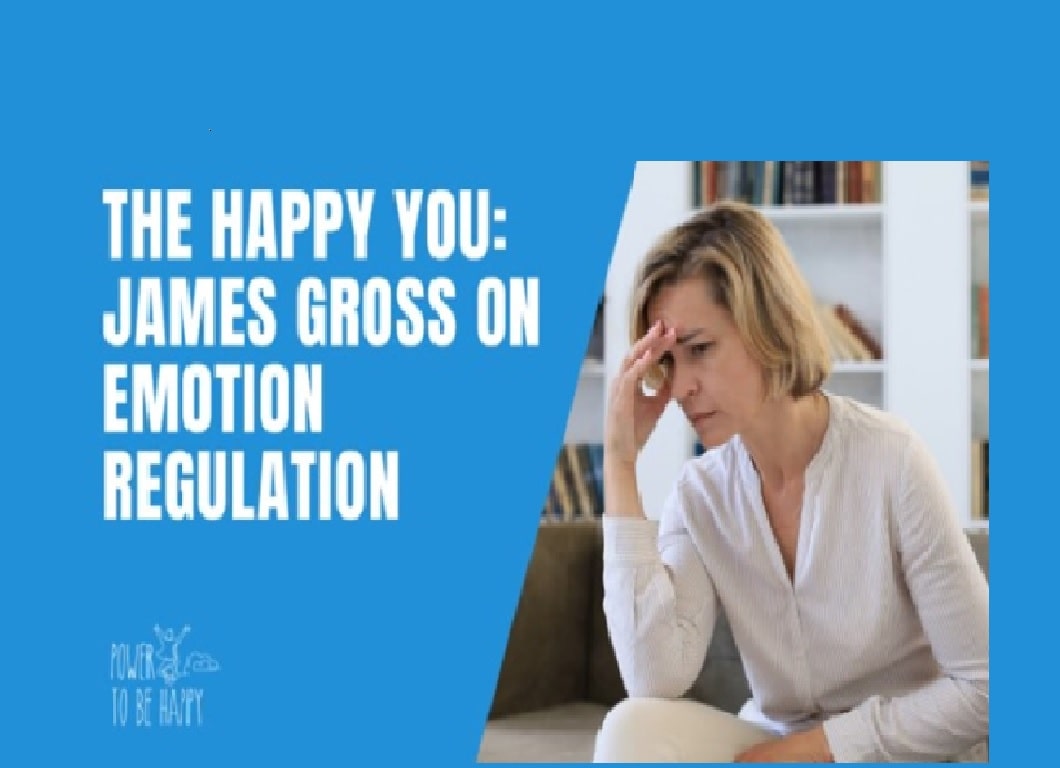Stanford psychology professor Says there are four ways to regulate emotions
By: Charlotte Hui
The World Health Organization released a scientific brief on March 2, 2022, showing that during the first year of the COVID-19 pandemic, the global prevalence of anxiety and depression increased by 25%, with the highest rates among young people and women. Loneliness, fear of infection, pain, death for oneself and loved ones, grief after bereavement, and financial worries are the main stressors leading to anxiety and depression. Meanwhile, among health workers, exhaustion has been a leading cause of suicidal thoughts.
“The information we have now about the impact of COVID-19 on the world’s mental health is just the tip of the iceberg,” said Dr. Tedros Adhanom Ghebreyesus, WHO Director-General. “This is a wake-up call to all countries to pay more attention to mental health and do a better job supporting their populations’ mental health.”
James Gross, associate professor of psychology at Stanford University, is a leading researcher in the field of Emotion Regulation. His 2007 Handbook of Emotion Regulation detailed the five stages of Emotion Regulation: Situation Selection, Situation Modification, Attentional Deployment, Cognitive Change or Reappraisal, and Response Modulation.
In brief, he proposed four different emotional regulation methods that the public can use: suggestion regulation, relaxation regulation, breathing regulation, and imagination regulation.
Suggestion Regulation
Psychological studies show that suggestion significantly influences people’s psychological activities and behaviors, and internal language can cause or inhibit bad psychology and behaviors. Self-suggestion is to remind and comfort oneself through internal languages, such as reminding oneself not to feel inferior, do not self-doubt, and so on, to relieve psychological pressure and adjust to destructive emotions.
Relax Regulation
Use relaxation methods to deal with the tension caused by frustration. Relaxation regulation systematically relaxes the main muscles of each part of the body to restrain physiological responses such as increased blood pressure, headache, and sweating of hands and feet accompanied by tension to reduce psychological stress, tension, and anxiety.
Respiratory Regulation
This is also a method of emotional regulation. Relieve mental tension, depression, anxiety, and impatience through a specific breathing method. For example, deep breathing is an effective way to reduce stress. Nature’s fresh air is an ideal environment for this breathing exercise.
Imagination Regulation
Imagination adjustment refers to reflecting on life’s setbacks and events that make you feel nervous and anxious. In your imagination, learn to imagine situations that put you at ease and provide a full release of tension.
The primary method of imagination is: first, learn to relax effectively; Secondly, the frustration and tension events are arranged from low to high to make a grade table. Then from low to high imagination, training can achieve the effect of mood improvement.
Emotional regulation is a necessary strategy to maintain good mental health. Long-term suppression of negative emotions is likely to induce mental illness, and the government should attach equal importance to the mental health of the public. Self-isolation does not mean social isolation.
Image credit James Gross – Listen to his podcast here









